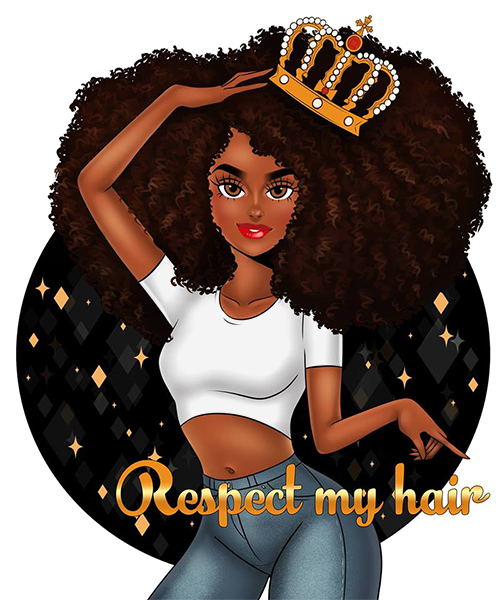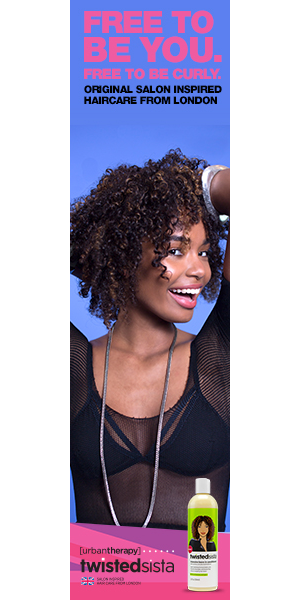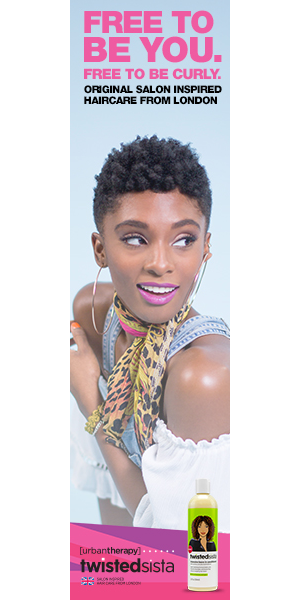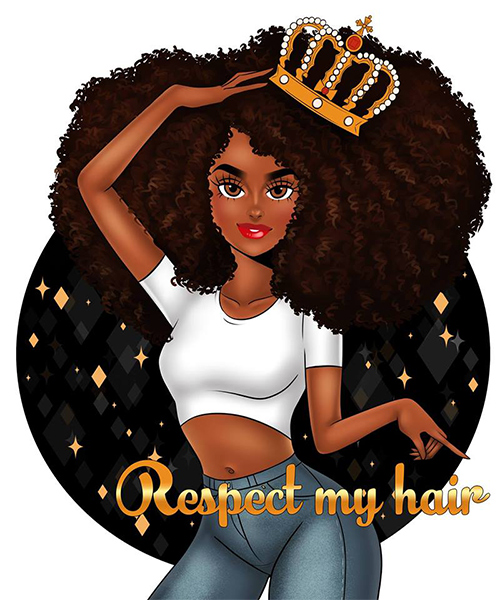Growing up, where and how often did you get your hair done?

A lot of us have memories of going to the shop, or somewhere like Grandma’s house, to get our hair done on the weekends or before other major events like Easter Sunday, Graduation, or even just because. Our caretakers made the decision of when and how often we’d get our hair done. As we got older, we were able to have more autonomy of our hair choices with some of us learning how to do it ourselves and others making appointments with the stylist(s) of their choice.
As we age, going to the beauty salon, or the hairstylist of your choice can become more of a challenge. Mobility issues, health concerns, and salons simply not catering to the specific needs of elderly clients contribute to the complex struggles that can make the simple act of getting your hair done a daunting task. Let’s explore some of the different challenges faced by aging clients in maintaining their hair, in hopes of shedding light on the importance of inclusive and accessible hair care services.
- Mobility Barriers:
As individuals age, mobility often becomes a significant concern. For older clients, especially those with conditions like arthritis or limited mobility, navigating the busy and sometimes cluttered environments of traditional salons can be difficult. From climbing salon stairs to fitting into salon chairs, the physical layout of many establishments may not be designed to accommodate the needs of elderly clients. - Limited Transportation Options:
Transportation is a crucial factor that affect access to salon services. Public transportation may not always be convenient or readily available, and relying on friends or family members for rides may not be possible. This lack of accessible transportation options can leave many older individuals feeling isolated and unable to participate in self-care rituals, such as getting their hair done. - Health Concerns:
Chronic health conditions prevalent among older populations, such as diabetes or high blood pressure, can add an extra layer of complexity to the hairstyling process. The use of certain hair care products or sitting for extended periods may not be suitable for individuals with specific health needs. Stylists may not always be equipped with the knowledge or training to address these concerns, leading to potential discomfort or health risks. - Financial Constraints:
Fixed incomes and limited financial resources can further compound the struggles faced by (really all) but older clients seeking hair care services. Quality hair care often comes at a price, and many may find themselves unable to afford regular salon visits, opting for at-home solutions that may not be as satisfying or effective.
Conclusion:
The struggles faced by older clients in getting their hair done sheds light on the need for a more inclusive and accessible approach to beauty and self-care services. From addressing mobility issues and health concerns to factoring in financial constraints, stylists may want to considering taking steps to create an environment where every individual, regardless of age, can experience the joy and confidence that comes with getting their hair done.
















